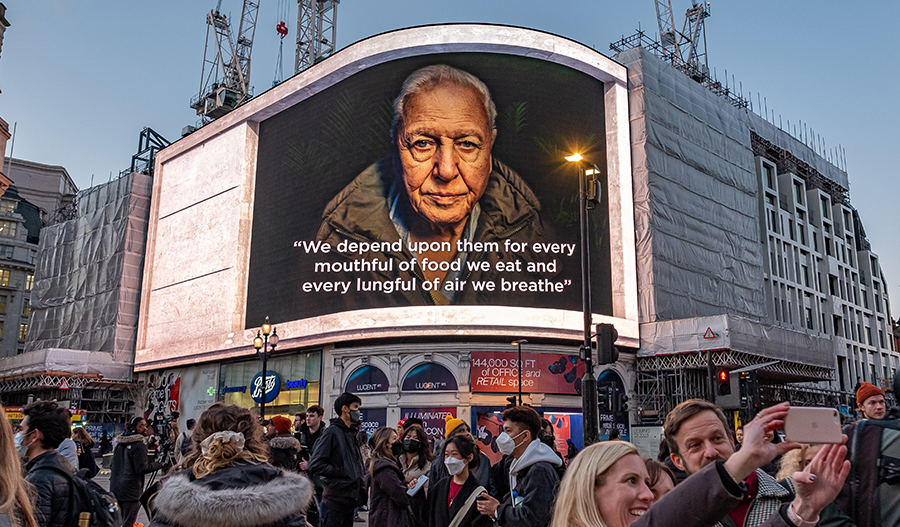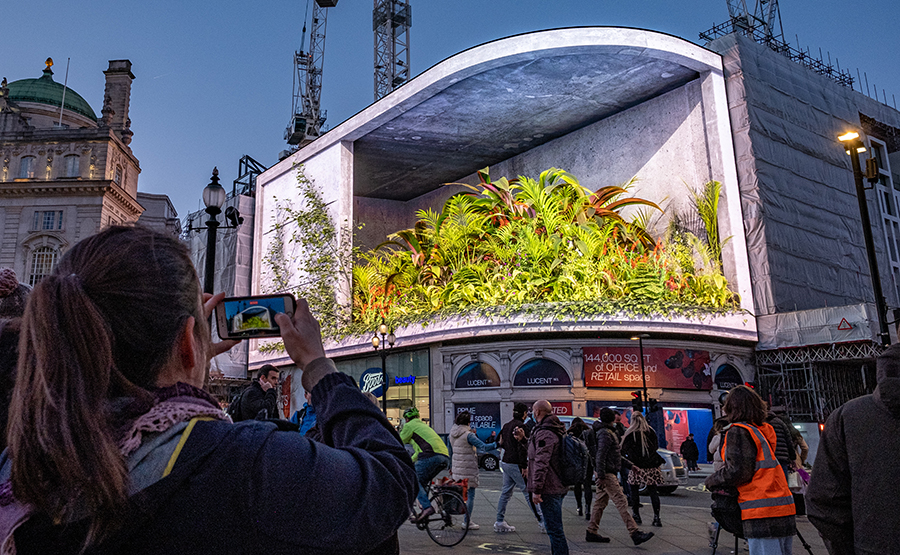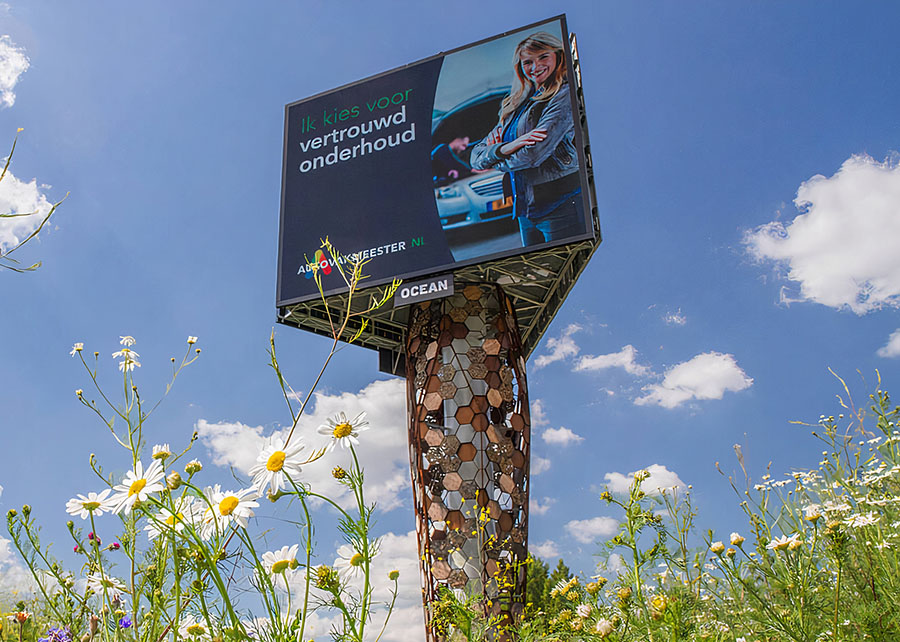‘There’s zero excuse for DOOH to not be an additive element to cities’
By Rajiv Raghunath - May 27, 2022
Richard Malton, Chief Marketing Officer, Ocean Outdoor, UK shares his perspectives on OOH can transform cities directly or indirectly, in an interview with Rajiv Raghunath.

 Do you see a defined role for OOH business in transforming cityscapes and beautifying cities?
Do you see a defined role for OOH business in transforming cityscapes and beautifying cities?
All businesses should have a clear remit to not only be respectful to the environment that they operate in but to also have a commitment to improving it where they can. DOOH interestingly has the capability to do both, particularly when working on a cohesive strategy with the policy makers of individual cities.
OOH can transform cities directly or indirectly – indirectly through the revenues delivered to the authorities that relieve tax burden on the citizens and get fed into and pay for municipal projects. More directly through the provision of infrastructure that can directly deliver public services – such as bus shelters, public Wi-Fi networks or indeed public information networks.
As they say, beauty is in the eye of the beholder, but certainly at Ocean we spend an enormous amount of time with the landlords, architects and designers to ensure that we are delivering a product that sits seamlessly within its environment. On the whole the consumer likes digital screen advertising, there is a sense that it belongs now in modern infrastructure and therefore the recommendation from us is always to build in and work with the designers as early as possible – retrofitting rarely works. It’s about having the experience of just knowing where those beach front addresses sit within a city for DOOH, where they actually add to the environment.
Within transforming and beautification of our cities, many of the DOOH media owners are committing to also delivering an environmental solution. Whether this be green roofs on bus shelters, green walls to support screens or indeed a rewilded footprint around the screen structure that encourages pollinators and wildlife to our cities – all should now be built in as soon as possible to cityscapes.
Really, there is zero excuse for DOOH to not be an additive element to our cities.

From your experience, would you say that city regulators and governing bodies are very receptive to innovative ways of using OOH/DOOH assets to both beautify cities and deliver public services? Are your experiences uniform across all countries where you do business?
That is a great question and has a huge amount of complexity when you get to the detail. The answer really sits with whether the governing body has a holistic view from the top down as to the value of DOOH to a city. When organisations work in silos then you will find the message and the job is more difficult and this is true of both the public and private sector.
In most cases, I think it is recognised that DOOH delivers an income to a city, but if commercial return or public services are not part of your KPIs then it is more difficult. It certainly isn’t uniform across countries, cities or even private organisations but when there is a clear strategic plan from top to bottom, I can guarantee a better, innovative, useful and more profitable solution will be delivered. But on the whole I would say our experience has always been very, very positive.

How is creative content also enhancing the overall aesthetic appeal of DOOH assets? Any suggestions that you have in improving DOOH content?
Wow, another big question but there is no question that content enhances the appeal of DOOH assets. This is something that we knew very early on at Ocean. Globally, we were one of the first companies out of the blocks that specialised only in Digital Out of Home and 12 years ago we had a saying internally that “you can’t have a Ferrari and drive it like a Mini”. Meaning, our DOOH screens had the performance of a Ferrari and would only benefit the advertiser when driven like one, i.e. use its creative capabilities.
In reality this meant we were just being delivered the same creative copy as a standard paper and paste billboard, totally ignoring the digital potential.
To overcome and educate the creative world, we began the Ocean Digital Creative competition which was a challenge to the advertising industry to use the full capabilities of this new emerging channel. At the time an entry would have won by using full motion. (This is still the major driver for DOOH in my opinion and ridiculously still doesn’t get used as much as it should). But brands and creatives really started to learn very quickly how to utilise the high specs of the screens to create very complex and impactful impacts. DOOH is always about the quality of impact. The creative competition is now 12 years old; it has led to numerous winners at the Cannes Lions festival and now is operating across all seven countries that Ocean operates in, driving and improving DOOH content. So in short – demonstrate and support those crazy ideas.
If you are in Cannes Lions festival this year, come and visit Ocean Outdoor. We will be sharing lots of creative lessons particularly around our DeepScreen™ 3D solution.

Stay on top of OOH media trends








